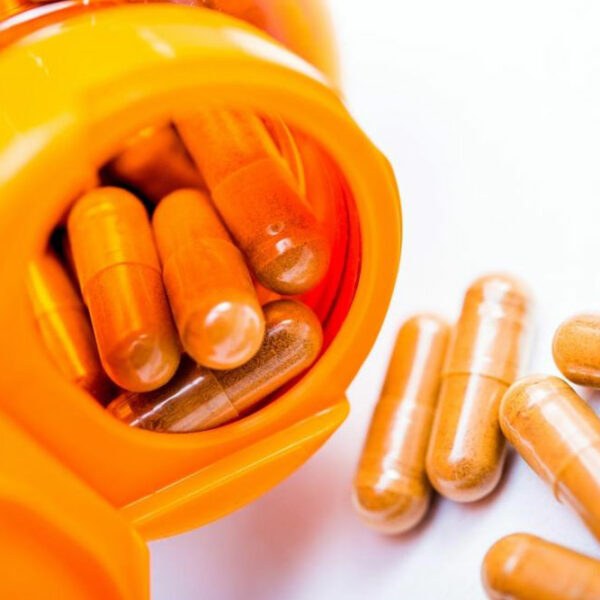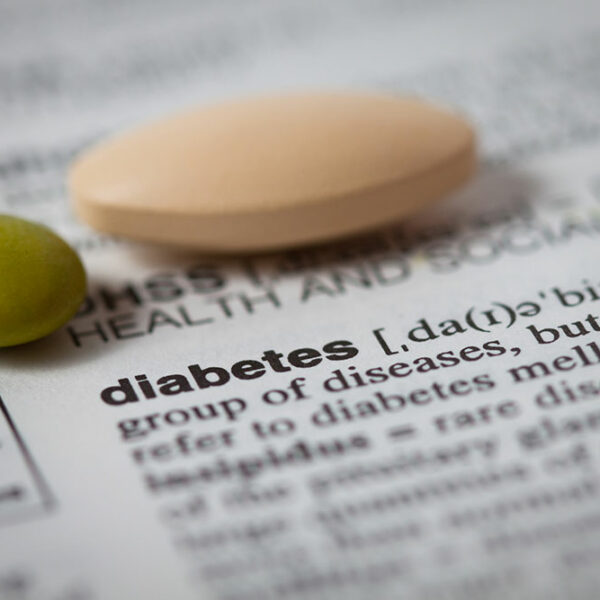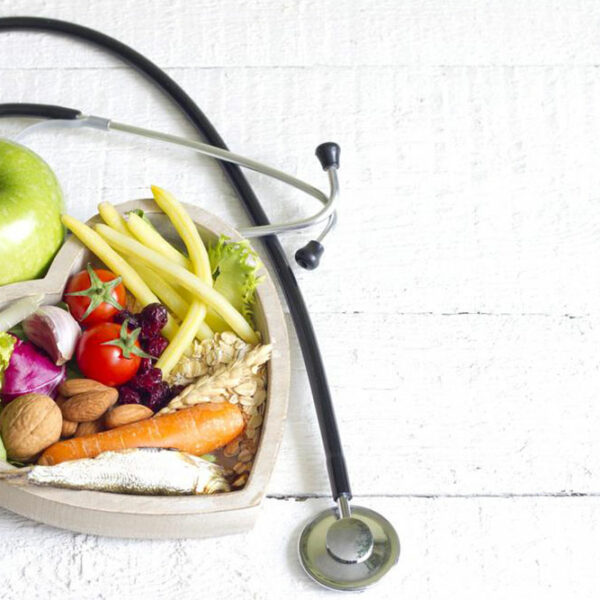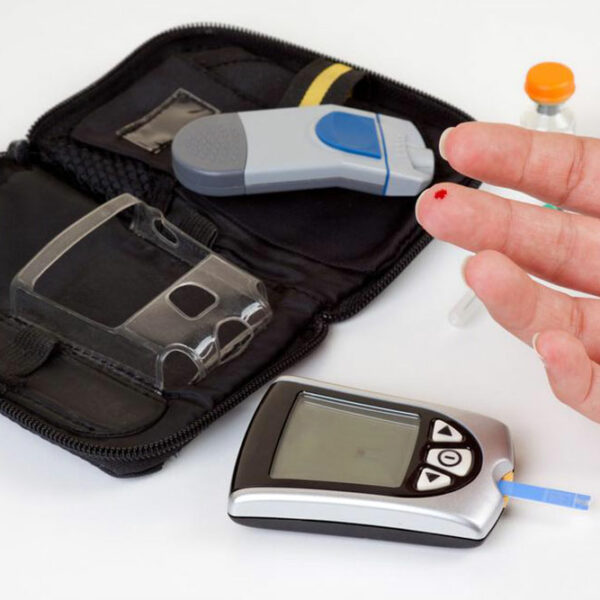
What is diabetic neuropathy?
Diabetic neuropathy is by far the common neuropathy and it is a peripheral neuropathy. High blood sugar levels, especially if remains for long periods and poorly controlled, damages the linings of the small blood vessels that supply blood to the hands, feet, and the vital organs of the body like heart and the eye. In diabetics, retinal neuropathy and blindness caused is very common. Neuropathies per se have no treatment and it is the root cause that is to be identified and treated. In diabetic neuropathy, it is the diabetics that is treated and controlled. The neuropathy does not help matters any. With the loss of sensation in the extremities, they become highly prone to injuries and infections. High blood sugar levels, delay healing of the wound, opening up opportunities for recurrent infections. This vicious cycle ultimately leads to amputations of part of the limbs like digits or the whole limb in extreme cases. Generally, when the sensation is lost in the limbs protective gears like specially designed footwear or gloves are fitted to protect them from injury. During the treatment of diabetes patients tested and monitored for development of neuropathy. The skin of the patient is closely checked for dryness, cracks and other blemishes.









